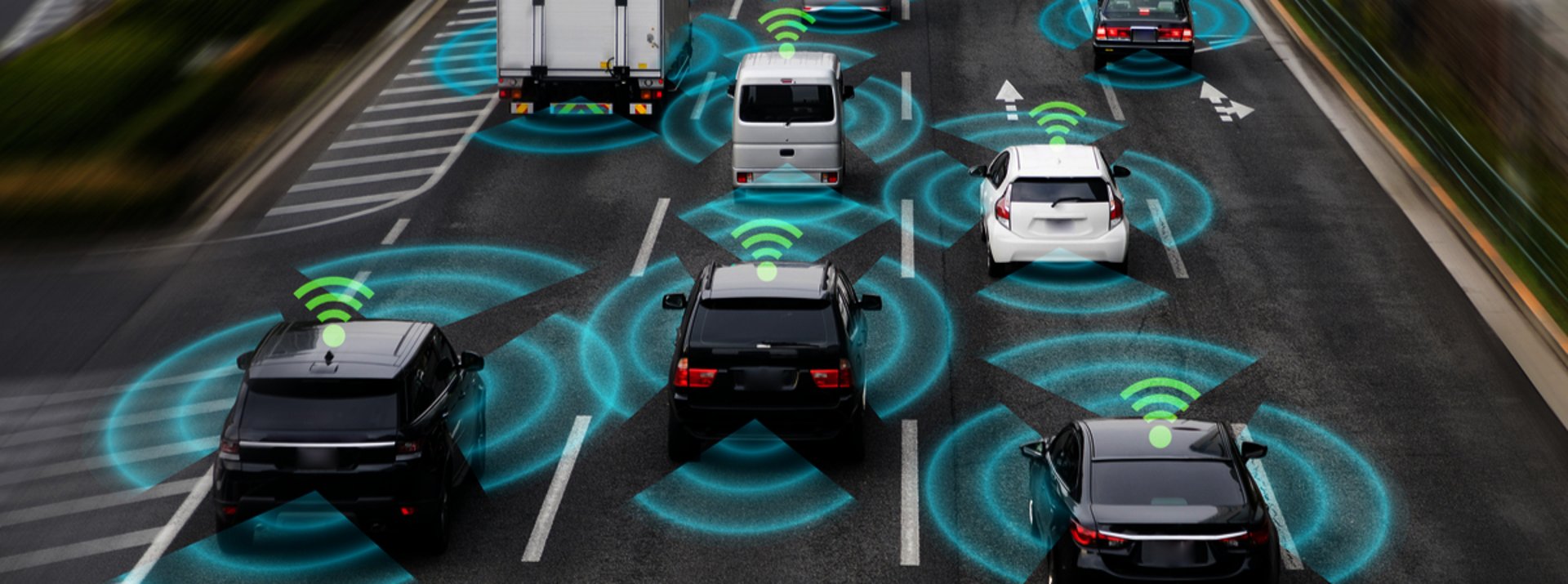
Advanced Driver-Assistance Systems
What is ADAS?
Adaptive Cruise Control (ACC)
is an advanced driver assistance system that automatically adjusts the vehicle's speed to maintain a safe distance from the car ahead. Unlike conventional cruise control, which maintains a fixed speed, ACC can accelerate and decelerate the vehicle as needed in response to changes in traffic. It can also apply light braking when the car in front slows down, helping reduce the risk of collisions and making driving more comfortable in heavy traffic conditions.
ADAS Cameras
(Advanced Driver Assistance Systems) are essential components in modern vehicles, aiding in various automation functions for enhanced safety and convenience. These cameras are used for features like backup cameras, side-view cameras, lane departure warnings, and collision detection. By providing real-time visual data, ADAS cameras help drivers navigate safely, avoid obstacles, and improve overall driving awareness. They are integral to the development of semi-autonomous driving systems, offering assistance in tasks like parking, maintaining lane position, and monitoring blind spots.


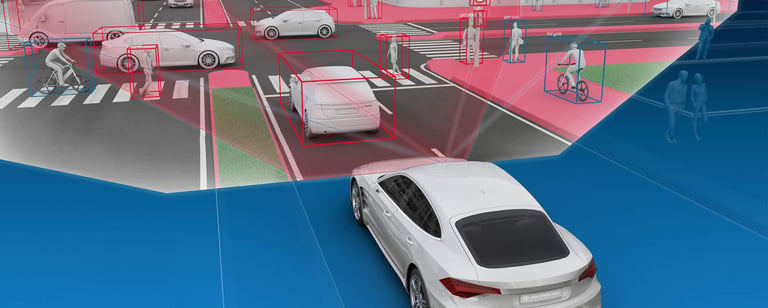

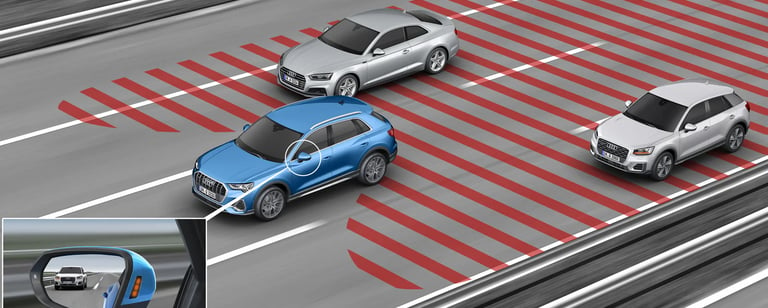

Blind Spot Monitoring
is a safety feature in vehicles that helps drivers stay aware of vehicles in their blind spots, areas not visible through standard mirrors. When another vehicle enters the blind spot, the system alerts the driver using visual symbols on the side mirrors, sounds, or even vibrations in the steering wheel. This assists in making safer lane changes and reduces the risk of accidents caused by unaware drivers. Blind Spot Monitoring is particularly helpful in busy traffic or while changing lanes on highways.
Forward Collision Warning (FCW) is an advanced safety system designed to help drivers avoid frontal collisions by providing timely alerts. It uses sensors, cameras, or radar to monitor the distance and relative speed between the driver’s vehicle and objects ahead, such as other vehicles or obstacles. When the system detects a potential collision, it issues visual, auditory, or tactile warnings to grab the driver’s attention. This gives the driver enough time to take corrective action, such as applying the brakes or steering away, to prevent or mitigate the impact. The FCW system is particularly useful in reducing the risk of accidents caused by driver distraction or sudden changes in traffic conditions, making driving safer for everyone on the road.
Lane Departure Warning (LDW)
is an advanced safety system designed to enhance driver awareness and prevent accidents caused by unintentional lane departures. It uses cameras to monitor road markings and issues alerts whenever it detects the vehicle drifting out of its lane unintentionally, such as in cases of driver distraction or fatigue. This system is effective when road lines are clear and well-defined on both sides, helping to keep the vehicle on its intended path and promoting safer driving.
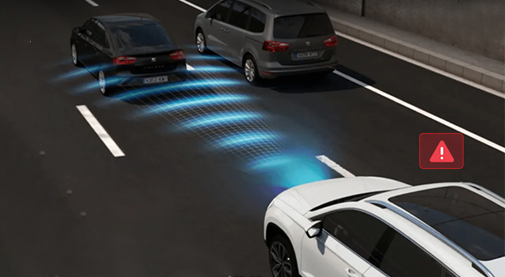


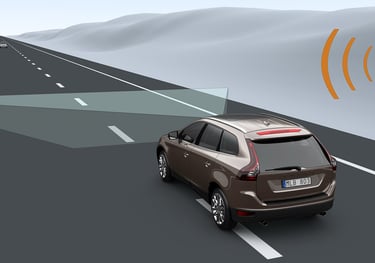
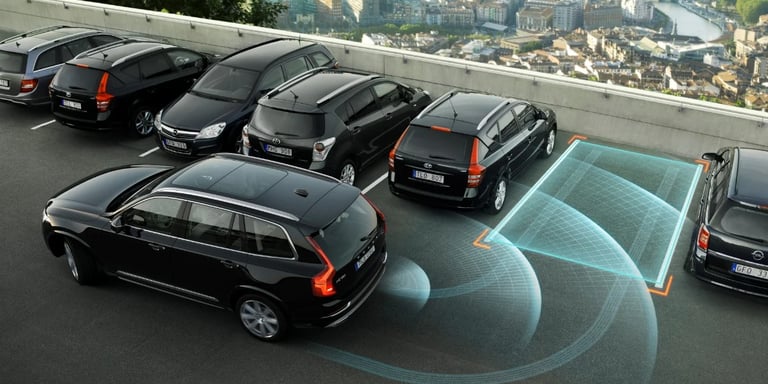

Automatic Parking
system is an advanced driver assistance feature that helps guide a vehicle into a parking space with minimal input from the driver. Using sensors, cameras, or a combination of both, the system detects available parking spots and evaluates their size to ensure the vehicle can fit. Once a suitable space is identified, the system takes control of the steering, while the driver may only need to operate the accelerator, brake, and gear selector as instructed. This technology is designed to handle both parallel and perpendicular parking, reducing the stress and difficulty often associated with these maneuvers. Automatic Parking improves convenience, minimizes the risk of scratches or collisions, and enhances overall safety in tight or crowded parking areas.
